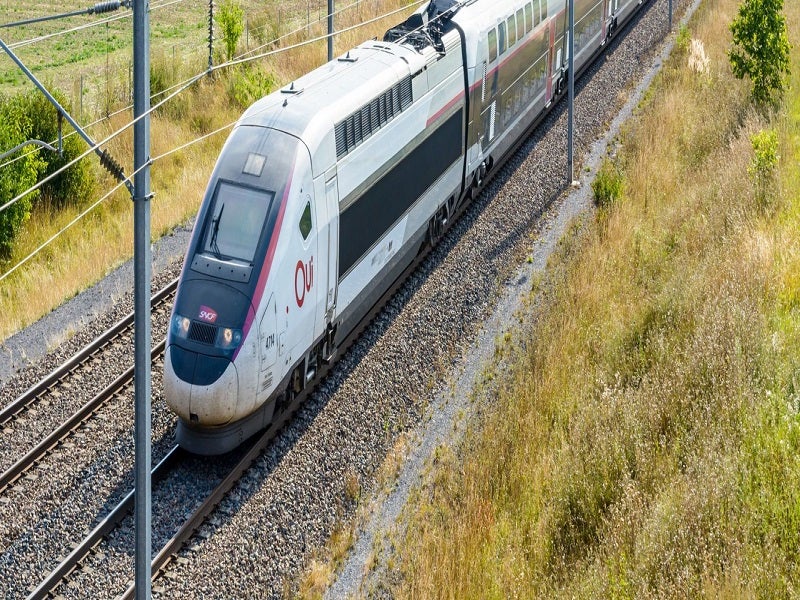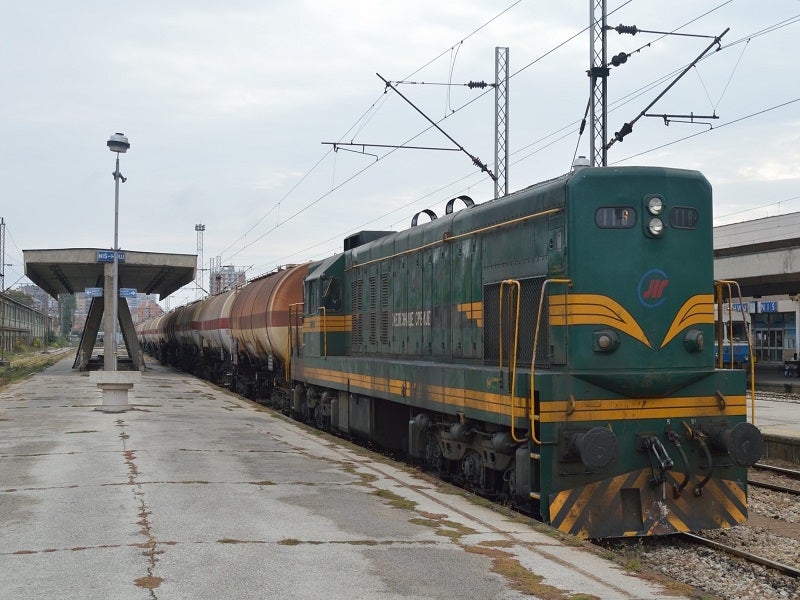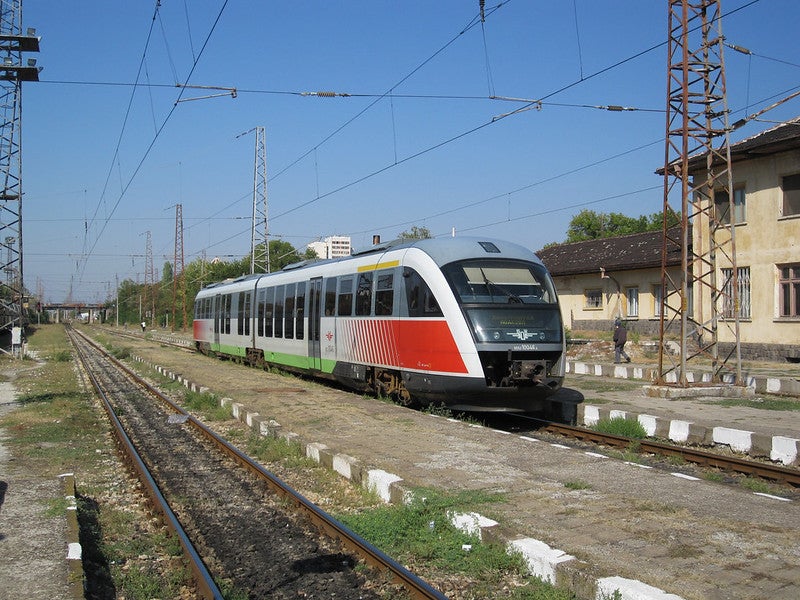The Nis-Dimitrovgrad railway line in Serbia is being reconstructed and modernised to improve passenger and freight transportation. It will enable better integration between Serbia and the European Union (EU) railway network.
The project will involve the electrification and installation of new signalling and telecommunications systems.
The total cost of the Nis-Dimitrovgrad railway rehabilitation project is estimated to be €268m ($315m), which includes €59m ($66.2m) for the electrification of the entire line.
The tender for the reconstruction and electrification works of the 82km-long Sicevo-Dimitrovgrad section of the line was issued in September 2021.
The construction of the rehabilitation project is scheduled to start in the first quarter (Q1) of 2022, while completion is expected by Q1 2025.
Nis-Dimitrovgrad railway line details
The existing railway line connecting Nis to the Bulgarian border has a total length of 104km while the section between Nis and Dimitrovgrad is approximately 97km long.
The Nis-Dimitrovgrad railway line is part of the Xc branch of the core network of the South East Europe Transport Observatory (SEETO) Corridor X, a pan-European corridor passing through Serbia. The Xc branch connects the Nis city with Dimitrovgrad and the Bulgarian border.
The railway line between Nis and Dimitrovgrad is also part of a corridor that links Central Europe to Bulgaria and Turkey through Croatia and Serbia. It is considered an alternative to the Rhine-Danube core network corridor of the Trans-European Transport Network (TEN-T). The TEN-T is an initiative for the development of a new network of roads, railway lines, inland waterways, and airports across Europe.
Furthermore, the line is part of the Orient/East Mediterranean corridor, which connects Salzburg in Austria to Thessaloniki in Greece. Approximately 872km of the corridor is located in Serbia, accounting for an estimated 23% of the country’s total railway network.
Nis-Dimitrovgrad railway line rehabilitation details
The Nis-Dimitrovgrad line is the only section of the Corridor X that is not electrified. Non-electrification and category D3 weight limits are the main causes of bottlenecks in this section. The ageing signalling and rail control system was commissioned more than 50 years ago, and requires replacement as it limits travel speeds to 30km/h to 50km/h.
The reconstruction and modernisation of the Nis-Dimitrovgrad railway line will be implemented in four stages. The first component will involve the reconstruction and preparatory works for the electrification of the Sievo-Stanienje-Dimitrovgrad section. It will cover the reconstruction and upgrade of the railway substructure and superstructure, tracks and platforms of certain stations, and railway crossings.
A 22km-long single-track railway line will be built to the north of Nis for passenger and freight transport under component two. The new bypass railway will redirect traffic away from the city centre and reduce congestion.
The third component will involve the electrification and installation of signalling and safety (SS) and telephone and telecommunication (TT) devices. The power supply lines will be constructed and upgraded as part of component three.
The fourth component will include the supervision of works and assistance to the project implementation unit.
The length of the siding tracks will be increased to 750m for all the stations along the route to enhance the efficiency of freight trains.
Financing for the Nis-Dimitrovgrad line upgrade
The railway upgrade project received a loan of €134m ($159m) from the European investment bank (EIB) and a €73.04m ($87m) grant from the Western Balkan investment framework, a blending facility established to support key infrastructure projects to promote the socio-economic development of Western Balkan countries.
The Serbian government will fund at least 10% of the overall cost of the project. Serbia is also seeking an additional grant of €34.4m ($41m) for the construction of the single-track bypass railway.
Project benefits
The Nis-Dimitrovgrad railway rehabilitation project is expected to generate approximately 250 new jobs during the construction, operation, and maintenance phases.
The project will increase travel speed to 120km/h and reduce journey time by two hours upon completion. The annual freight volume of the line is estimated to increase by 30% to reach 2.2 million tonnes a year.
The improvements delivered as part of the project will help to cut railway operational and maintenance costs. The modernisation will upgrade the railway line to the D4 weight limits category, which will enable axle loads of 22.5t and increase the permissible load to 8t/m from the current 7.2t/m in the D3 category.
The project is expected to encourage a modal shift from road to rail transportation. The electrification of the line will decrease the current levels of air and noise pollution generated by the diesel-powered fleet.




